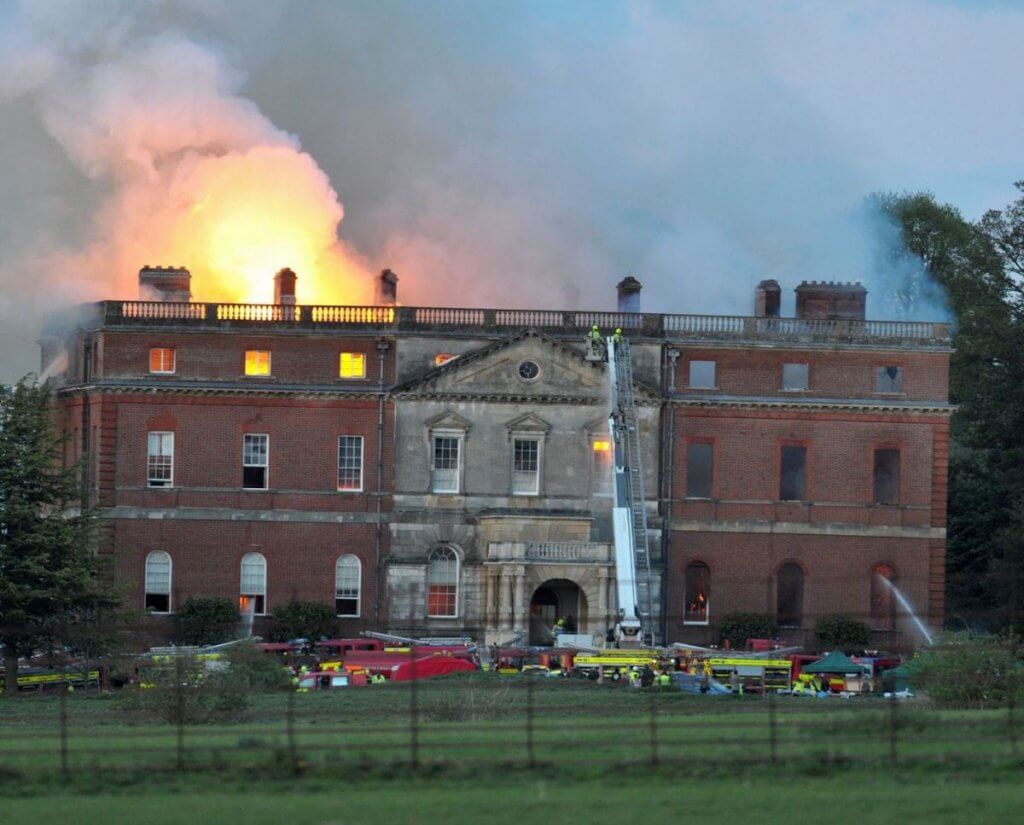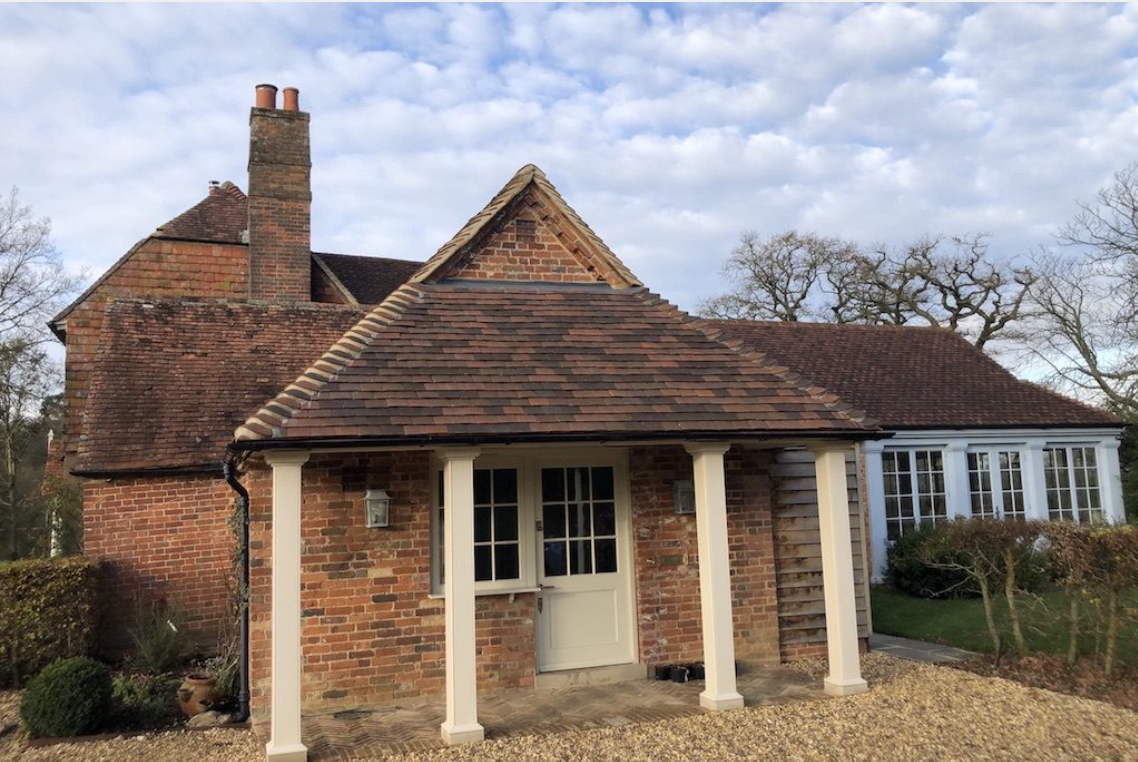What is the worst that could ever happen on a building project? And how to avoid it.
What is the worst that could ever happen on a building project? And how to avoid it.
By James Standen
What is the very worst that could happen when are refurbishing a property? A fire breaking out or a flood would be bad enough but even worse is to find, after a disaster, that your house or building works are uninsured.
The hard truth is that insurance for renovation and refurbishment works is complicated. So the possibility of finding your insurance does not cover the loss is real, unfortunately.
Complications arise when there are terraced properties involved, or party wall issues or basement digs. Often a lot of detailed information is required about the building works by insurers. Only once this information is received and signed off by the insurer will cover be granted. Without it, you might totally invalidate your insurance cover.
But the good news is that avoiding trouble is easy. You just have to remember to include insurance in your project timeline and budgeting plan. This will ensure it is on the radar from the outset rather than a last-minute rush which has the potential for delaying a start date of the project until the correct cover is in place.
Be sure you are in control
One of the most common misapprehensions about building projects is that you can rely on the builder’s insurance. After all, the builder is likely to be well covered and have a contractor’s all risks insurance arrangement in place.
Whilst the builder’s insurance arrangement might be adequate to cover the work he is doing to the property, it is the builder’s own insurance policy and you have no control over it. So the level of cover, its adequacy, and indeed the financial stability of the insurer, are out of your hands.
Then there may be warranties in the policy that, if breached, would invalidate the insurance and mean a claim is not to be paid. For example, warranties in the builder’s policy might include application of heat (hot/blow torch works) or damage to your own existing building. The builder’s insurance will only cover the value of the works contract, and not your existing house itself. So there may be gaps in cover that would leave you footing the bill yourself for damage to your bricks and mortar.
“…you should seek cover for the existing structure AND the building works together on a single insurance policy”
The solution? In order to ensure adequate insurance protection, you should seek cover for the existing structure and the building works together on a single insurance policy, thus providing full cover, with no gaps, and no surprises in the event of a claim.

Budget and project challenges
As your building project progresses, you need to remember that it should be monitored closely against the plan for the project agreed by your insurer.
And if there are any changes to the timeline or cost plan, it is important that the insurer is kept informed of any delay or increases in project value. The insurer can can then extend cover appropriately.
Currently we face challenging times for architects and builders in terms of supply chain management. Whether Brexit, or global shipping constraints, the shortage of HGV drivers, problems in microchip supply for sophisticated components such as lighting or top of the range AV equipment, or just a client changing their mind on the particular material for a kitchen or joinery—all of these things cause delays to the original plan, and usually escalated costs.
When does the project end?
You would think a project ends when the builders finally leave your building site. In reality, it is only at the point that the ‘certificate of practical completion’ is signed off by the architect, contractor and the property owner that a project is deemed to have come to an end, and the property will qualify for normal household insurance again. If there is any building work still on-going, such as snagging, then this needs to be covered under the renovation-insurance arrangement.
“…your home is probably your most valuable asset”


